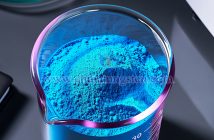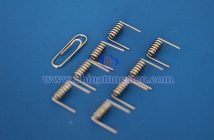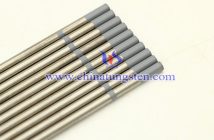Like tungsten monoboride (BW), ditungsten boride (BW?), tungsten diboride (WB?), and ditungsten pentaboride (W?B?), tungsten tetraboride (WB?) is an inorganic compound composed of the transition metal tungsten (W) and the non-metal boron (B). It exhibits excellent mechanical and electrical properties, making it valuable for applications in machining and electrode preparation under extreme conditions. Due to varying ratios of tungsten to boron atoms, different tungsten borides have distinct physicochemical properties, production methods, and applications. Below is an overview of WB?'s basic information.
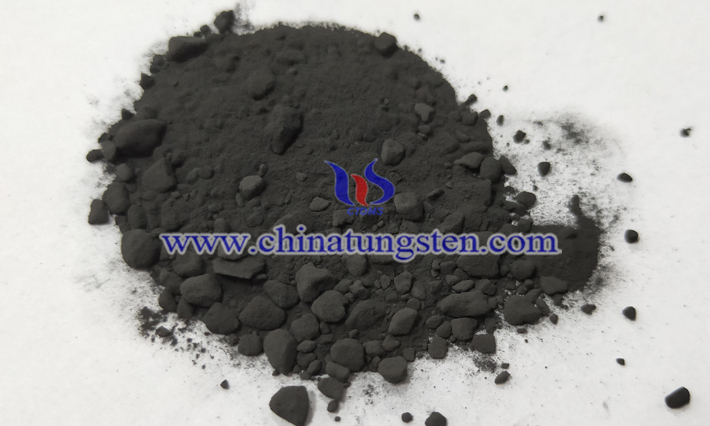
Tungsten tetraboride (WB?) is a black powder composed of one tungsten atom and four boron atoms. It is a new type of superhard material, with the English name Tungsten Tetraborate, a chemical formula of WB?, and a relative molecular weight of 227.85.
WB? appears as a black powder with high hardness, low electrical conductivity, high-temperature resistance, wear resistance, good chemical stability, and the ability to be synthesized under ambient pressure. However, above 1000°C, WB? decomposes into the less hard WB?, reducing its mechanical properties.
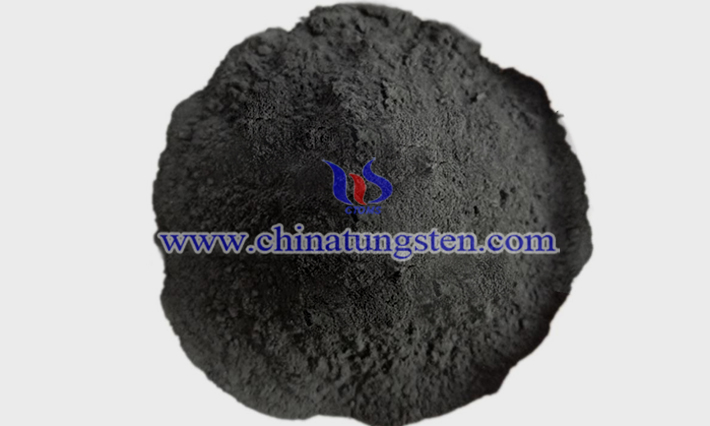
To enhance WB?'s thermal stability and mechanical performance, researchers have introduced elements such as tantalum (Ta), molybdenum (Mo), or chromium (Cr) into pure WB?. Studies show that Ta doping significantly improves WB?'s thermal stability and oxidation resistance; at 1500°C, Ta-doped samples exhibited a 97% higher WB? content compared to undoped samples, and the oxidation temperature of Ta-doped WB? increased from 420°C to 460°C. Mo doping enhances WB?'s hardness and improves uniformity, with the strengthening mechanism attributed to Mo substituting boron trimers, altering the electronic structure.
The production of WB? involves mixing a specific amount of tungsten powder and amorphous boron powder uniformly, followed by ball milling, cold isostatic pressing, and sintering.
WB? can be used as a ceramic powder in civil architectural coatings, solid industrial coatings, coil coatings, and primers. It can also serve as a substitute for diamond in manufacturing various cutting tools.

